HIQA recently published an overview report on its monitoring of activity in public acute hospitals in Ireland between 2015 and 2019. The Authority’s Head of Healthcare Mr Sean Egan spoke with Pat Kelly about the positive and negative aspects of the report’s findings
Overview Report of Five Years of HIQA Monitoring in Irish Public Acute Hospitals Against National Standards: 2015-2019, released last month, is more than 100 pages long and provides a comprehensive overview of the development of monitoring in public acute hospitals over the past five years.
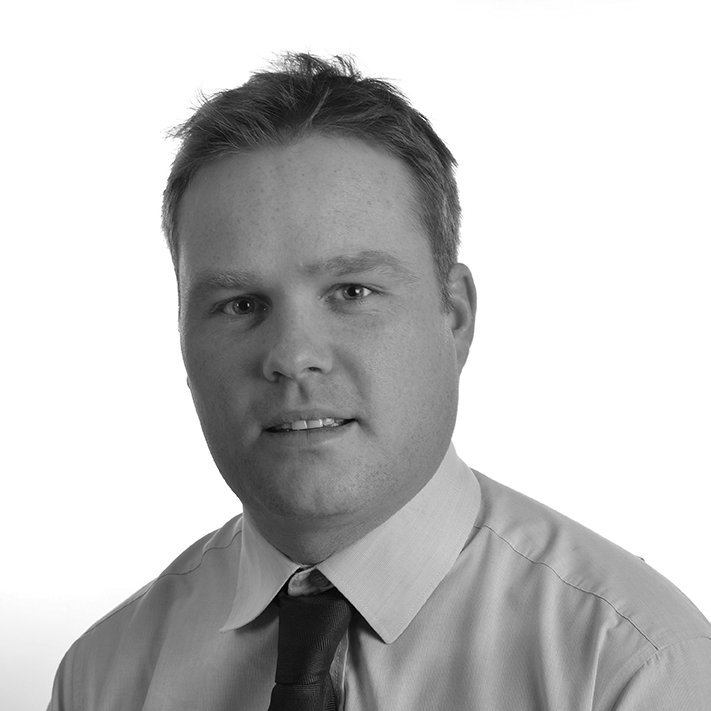
Since 2015, HIQA has been assessing elements such as medication safety, maternity services, nutrition and hydration, and infection prevention and control against the National Standards for Safer Better Healthcare. The largest number of inspections carried out was in the area of ‘infection prevention and control’, at 161 inspections; followed by ‘medication safety’, at 64 inspections. The remaining inspections by theme were in the areas of ‘maternity services’ at 22; ‘nutrition and hydration, 13; and five inspections in the area of ‘rehabilitation and community inpatient healthcare services’.
While many of the outcomes of these inspections were positive, there was a variation and disparity in some of the findings.
For example, under ‘activity in 2018 and 2019’, the report noted that “the essential elements needed for the prevention and control of infection were enhanced in the majority of hospitals”. However, it added that “some inherent weaknesses, mainly related to capacity and capability, were identified in a small number of hospitals”.
Mr Sean Egan, HIQA’s Head of Healthcare, explained to the Medical Independent (MI) that the five-year overview “provides a better understanding of the impact of the monitoring that we do over time, because a lot of the improvements we want to try to drive do take time for the health service to respond to and that can’t often be seen over an annual vista, for example”. The focus of the monitoring has been on key international areas of patient safety, he said.
“The bulk of our inspections have been around infection prevention and control, and a look at that particular section of the report will show that over the time that we have been monitoring, there have been quite a lot of structural changes within the HSE, particularly around national leadership governance and management, and that has been an improvement,” said Mr Egan.
“There has also been an enhancement in terms of local practices, local leadership and risk management. Another improvement is, where there would have been deficits in terms of resourcing of specialist expertise, the influence of our monitoring has really driven things on and that has been really important in the context of facing into the pandemic,” he explained.
The report also represents the first time that medication safety has been looked at so closely at a national level in acute hospitals.
We see this as a potential risk in terms of individuals not being tied-in with recognised training programmes
The results showed that there are “some really good medicine safety programmes in acute hospitals, and a lot of hospitals that would compare favourably internationally, but it is quite variable across hospitals, and a lot of hospitals have a lot further to travel in terms of the journey they need to make,” said Mr Egan. “The work that we have done has incentivised a lot of the work that has been done in many of these hospitals, but a lot of others need to continue to travel that journey. Equally, there is a requirement for targeted investment, particularly in clinical pharmacy services.”
Incident reporting
Other developments over the five-year period include that the State Claims Agency is publishing a report around medicines safety and, since 2015, there has been a doubling of the reporting of incidents to the National Incidents Management Programme.
“That’s not to say that those incidents weren’t happening before — they just weren’t being reported,” said Mr Egan. “One of the things we are trying to intensify through this programme is risk management, and a key part of that is incident reporting. We can see that in the figures; they have been driven in correlation with the work we have been doing in this area, so while there has been an added focus [on reporting], we can see that there is still ongoing variation that needs to be addressed in the context of medicine safety.”
There is a considerable amount of preparation and research that needs to be carried out prior to an inspection, he pointed out, and while the nature of the inspections are predominantly unannounced, sometimes the site is notified in advance to ensure that the people the team needs to meet are present and available.
In terms of the reaction they receive when the inspection team shows up at a site unannounced, Mr Egan said: “I think people have become more used to it… I was involved in a lot of the infection control inspections at the start. There was apprehension at the time when we would show up unannounced, but now I think hospitals are more used to dealing with us and they are all quite prepared.
“It’s all part of the learning with this approach to monitoring and regulation. Things have matured in that regard and people are less concerned — we are probably still not their favourite people to see arriving at the door, but we all still have a job to do.”
As might be expected, the Covid-19 pandemic has had an impact on HIQA’s ability to conduct inspections, announced or unannounced. “Covid-19 has of course had a profound effect on the entire health service in terms of service delivery,” he said. “We suspended inspections in March, in accordance with public health advice, but inspection is only one part of the approach we take to monitoring. We continued with the management of relevant information and services through other means; we suspended inspections but we resumed in July… when we suspended inspections, we were involved with the national public health emergency team and one of the key inputs we were able to provide was in risk assessment of infection prevention and control and preparedness in acute hospitals on the basis of our experience. We have also seen reciprocal actions in terms of addressing outstanding risks as a consequence of that.”
Open disclosure
The document also outlines plans for legislative change to provide for mandatory open disclosure in the private healthcare sector. “The legislation is the Patient Safety Notifications Bill and there are different elements to that Bill,” explained Mr Egan. “One of those is to require mandatory open disclosure and place that on a statutory footing. At the moment, there is guidance which expects that it happens, but it is not a legal requirement. There are a couple of other elements to that Bill that are of direct relevance to HIQA. One is that HIQA will be the organisation that is mandatorily notified of certain key, very serious patient safety incidents. Currently, while we would be made aware of certain issues that occur, there is no mandatory requirement for certain things to be notified to us in healthcare, unlike the situation in designated centres for older persons and those with disabilities.”
Mr Egan added that the legislation would expand HIQA’s monitoring remit against standards in private hospitals. “Our only engagement at the moment with private hospitals is a defined area of regulation around medical exposure to ionising radiation from x-ray, CT scans or radiotherapy, for example. We have a new remit around public/private in that regard, but the new legislation will see our current monitoring role extended to private facilities.”
So enforcement is a last resort, but at the same time it’s an important additional tool to have, should particular intractable issues arise
While some of the quality and safety recommendations contained in the report might be implemented with relative ease, Mr Egan acknowledged that others would be far more problematic to put into practice. For example, the report notes that factors that hinder the full implementation of effective infection prevention and control include: A lack of clarity around the requirements for routine assessments and screening for multi-drug-resistant organisms; absence of dedicated software to aid surveillance of infections (absent in most hospitals); inconsistent application of transmission-based precautions; inappropriate design and insufficient maintenance of infrastructure and hospitals’ physical environments; and the sometimes unsystematic implementation of surgical site infection surveillance.
“The standards are there, mandated by the Minister [for Health], with the expectation that services work to meet them, and we have seen that there are things that can be done within existing resources or with a small amount of additional investment,” Mr Egan commented. “But clearly, there are other more significant challenges that arise — infrastructure is a big challenge and that was one of the key findings in the maternity review, for example. There is no doubt that a lot of the infrastructure in a lot of our public acute hospitals is not where it should be, and that is not easily fixed.
“Equally, staffing levels in a lot of areas are quite lean… obviously, we are in quite a different place now because of Covid-19 and that has had an additional impact, but even prior to that, there were additional challenges around staffing. Those are well documented and recognised, but notwithstanding that, there are things that can be done within existing resources and we have highlighted those through our monitoring work.”
Non-compliance
The report also touches on enforcement powers for HIQA in the event of non-compliance with national standards and quality improvement. “We have existing enforcement powers in the area of medical exposure to ionising radiation and that is quite defined in terms of its remit,” explained Mr Egan. “It’s a requirement legally for those who provide those services to comply with the regulations in place, and we monitor against those requirements. If we find that there is a non-compliance, we have various powers that we can use if we have to, to ensure compliance. Those powers include issuing a compliance notice, where [the facility] has to comply within a certain timeframe or, in extreme circumstances, we can apply a prohibition order, which essentially stops them from conducting practices until the non-compliance is dealt with.”
However, he added: “It’s important to note that we see enforcement powers as a last resort. They are useful to have, in that they can act as a catalyst in focusing minds around the need to ensure compliance with regulations, but we look to support people in coming into compliance with regulations by providing as much information as we can around what’s required by legislation. We publish our reports, and regularly engage with stakeholders. So enforcement is a last resort, but at the same time it’s an important additional tool to have, should particular intractable issues arise.”
Mr Egan also drew attention to the Patient Safety Licensing Bill, which envisages a licensing regime for healthcare and as part of that, HIQA would also have enforcement powers. Part of these powers would be the ability to either not grant a licence to conduct operations, or remove a licence, or apply conditions to it, which has been mooted for future legislation.
Mr Egan was asked if he anticipated any resistance to additional enforcement powers for HIQA from healthcare practitioners or facilities that may feel they are already being heavily regulated in their day-to-day activities. “Our role is what’s termed as a ‘systems regulator’,” he told MI.
“The Medical Council or the PSI [Pharmaceutical Society of Ireland], for example, are by and large responsible for regulating the professionals who work within organisations. The intention of a body such as ourselves regulating is that we look at the totality of the system that is overseen by the legal entity that is responsible for providing the service, and the experience internationally is that there is a role for both and it can act as an important protection for patients in terms of driving safety.
“With any regulation, the key is that it is used proportionately and we are very keen to ensure that we are not over-burdensome in terms of our approach, and that we balance the need to properly provide services with the work that we do. We have been regulating in the area of ionising radiation for 18 months or so, and that has been our mantra. That being said, if serious failures do arise, it’s important that that ‘safety net’ is there from a regulatory perspective to protect patients.”
Maternity services
The report also noted what it described as “a potentially precarious situation”, whereby there is a heavy reliance on the contribution of NCHDs to provide 24/7 maternity services in many parts of the country, in the absence of formalised training and career pathway. This could pose a risk to service continuity, the authors state. Many smaller maternity units rely heavily on the work of NCHDs who are often in-post for a number of years but are not on a recognised training scheme, while still providing “a vital service and a degree of workforce stability,” according to the document.
“We looked at this mostly in the context of the maternity review that we conducted,” Mr Egan explained.
“Staffing is a significant challenge, particularly around medical and nursing staff. We can see that a lot of services, particularly those that are outside of the main urban areas, are really quite reliant on junior doctors who are not on training schemes. We see this as a potential risk in terms of individuals not being tied-in with recognised training programmes. That’s not to say that that the individuals involved are not professional or not good at their jobs — but at the same time, we have structures in place around training for a reason. At the very least, it provides insurance for people who are tied-in to these services.
“Equally, we are in an environment whereby medical resources are scarce, and they have only become more scarce due to Covid-19,” Mr Egan continued. “I think it is incumbent that we look at seeing if there is a way of supporting these individuals more, in order that we can get the best value out of their expertise and that they themselves are provided with more of a pathway in terms of their career. We can see that a lot of services are lacking or very reliant on individuals who are not on training schemes, and that needs to be looked at in terms of sustainability going forward.”
‘Near-misses’
Part of the report’s recommendations include that hospitals should support a culture of not just reporting medication-related incidents, but also near-misses among all healthcare professionals. However, given the variations in staffing and other resources across Ireland, Mr Egan was asked whether this aspiration is more realistic for some hospitals than for others. “This [ties-in with] the complementary work that the State Claims Agency is publishing,” he said. “It’s really important from a risk-management perspective that risk issues from a patient perspective are visible, so that they can be managed. One of the key elements — but not the only element — is that incidents and near-misses are reported through the appropriate mechanisms.
“There is an expectation that this would occur under the national guidelines, for example, but we are dealing here with serious patient safety issues. Certainly, things could be looked at in terms of hospitals, such as incentivising this and providing a safe culture where people feel that there will not be any comeback for them if they do report. But really, I don’t think — notwithstanding the fact that people are clearly always busy — that is an excuse to not report incidents, because in the absence of having that visibility around issues, it could be difficult to manage risks, which can then manifest as harm for patients.
“So [reporting near- misses] is a key element of any risk management structure and I think hospitals should be incentivised, and that’s certainly something that we place quite a significant emphasis on in terms of our inspection approach.”
Mr Egan concluded by summarising some of the key messages contained in the report, which he sees as emphasising the importance of measurable standards. “One of the key things is that having standards, and then monitoring against those standards in a targeted way, is really important in terms of driving things forward,” he explained to MI. “One of the key things that jumps out of that report is that if you look over the five-year period in the areas that we have targeted, which are internationally recognised, we can see that there has been progress.
There are inherent challenges within the health system that have been amplified by Covid-19. But at the same time, in terms of controlling the things that are more readily controllable, there is also a journey that needs to continue to be followed to make things as safe as they can be for patients.”


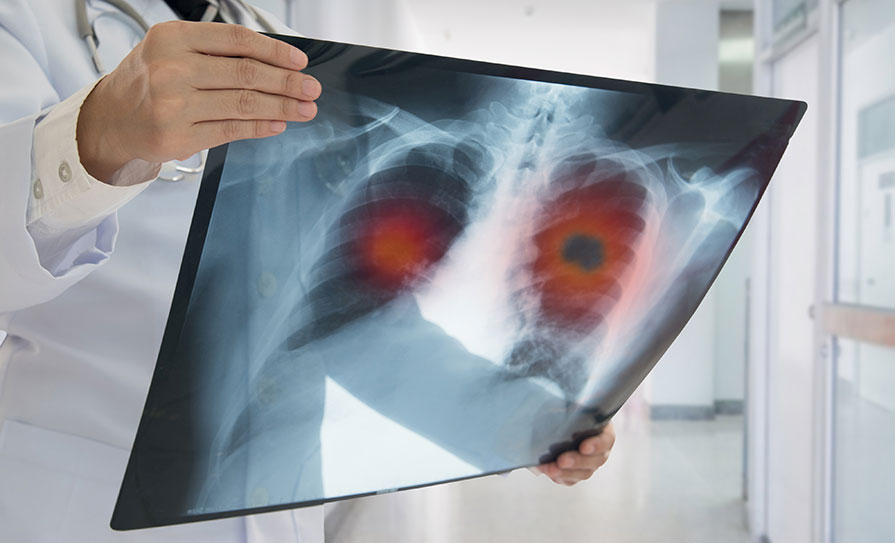
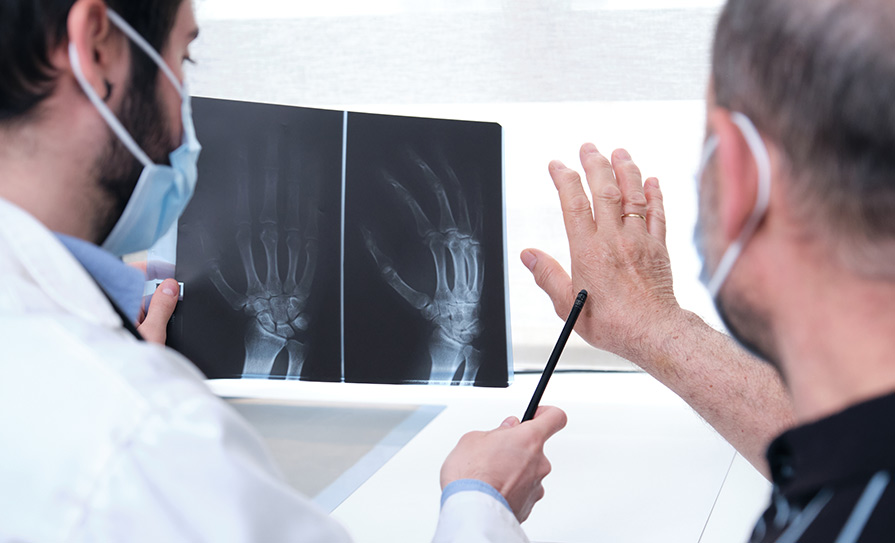
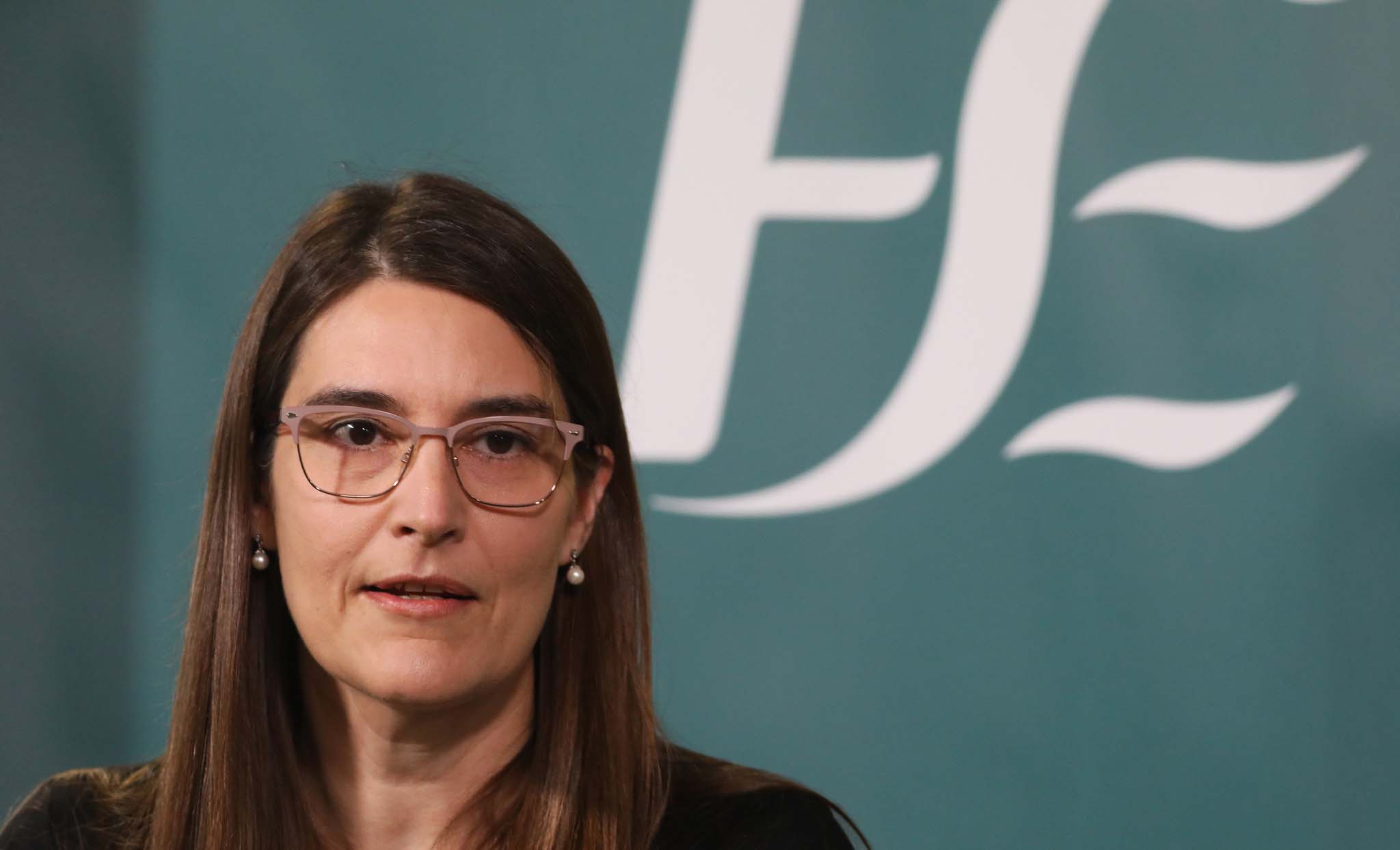
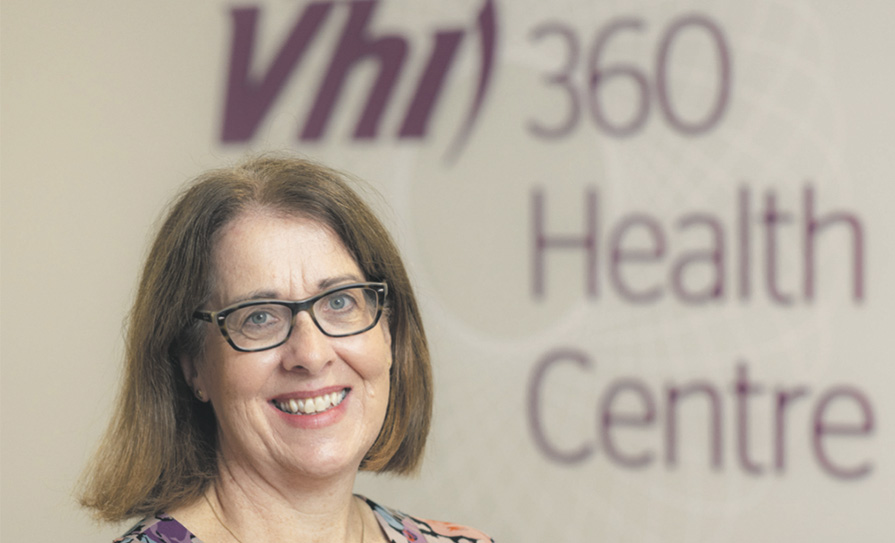







Leave a Reply
You must be logged in to post a comment.